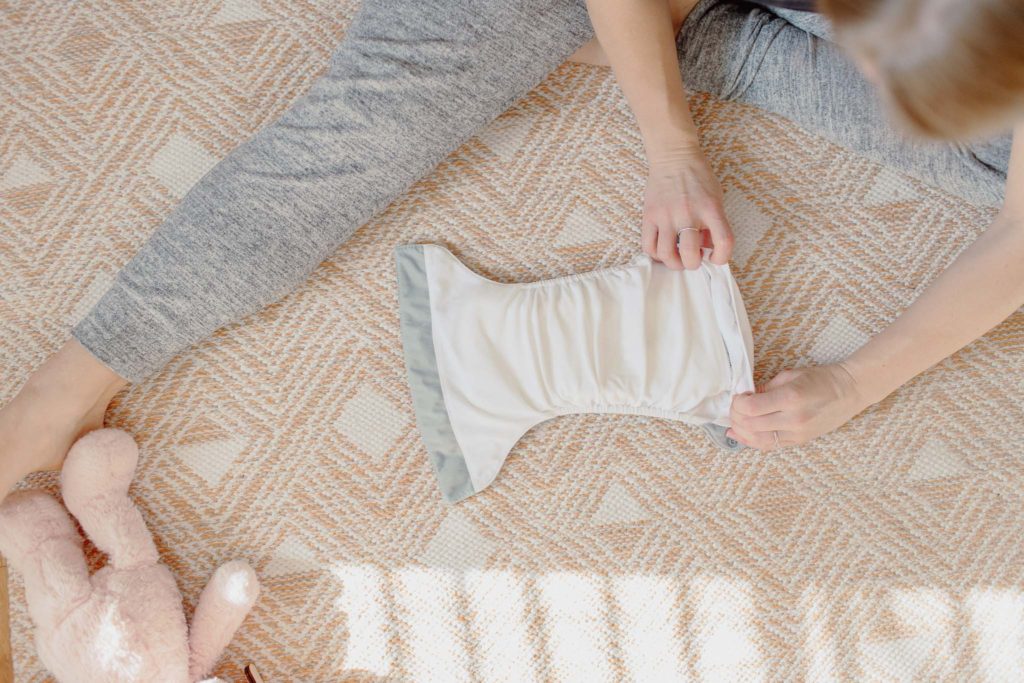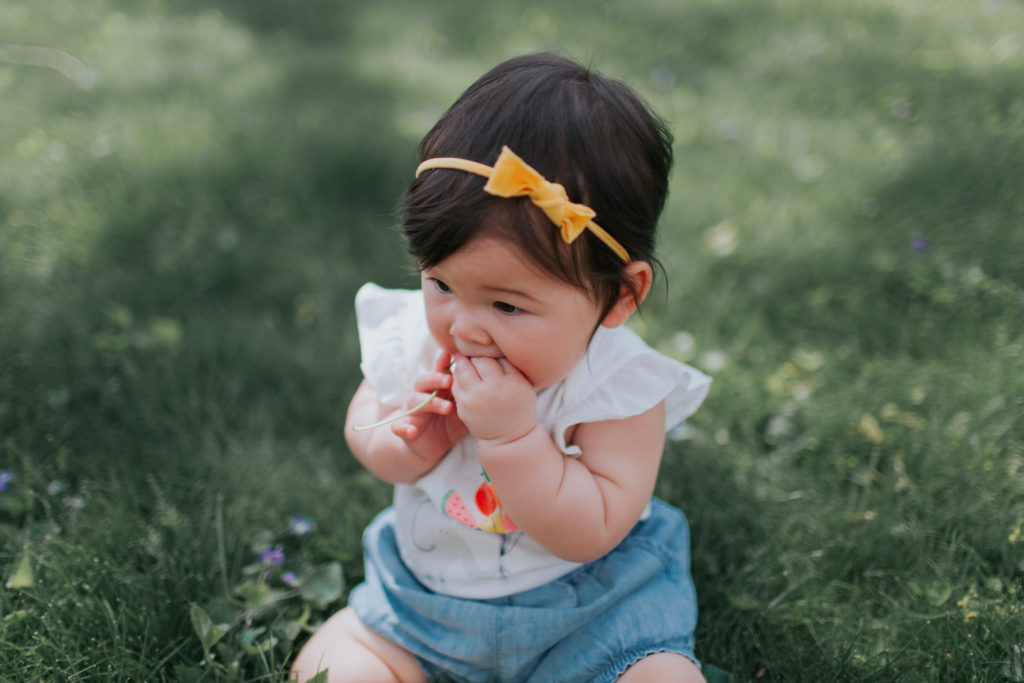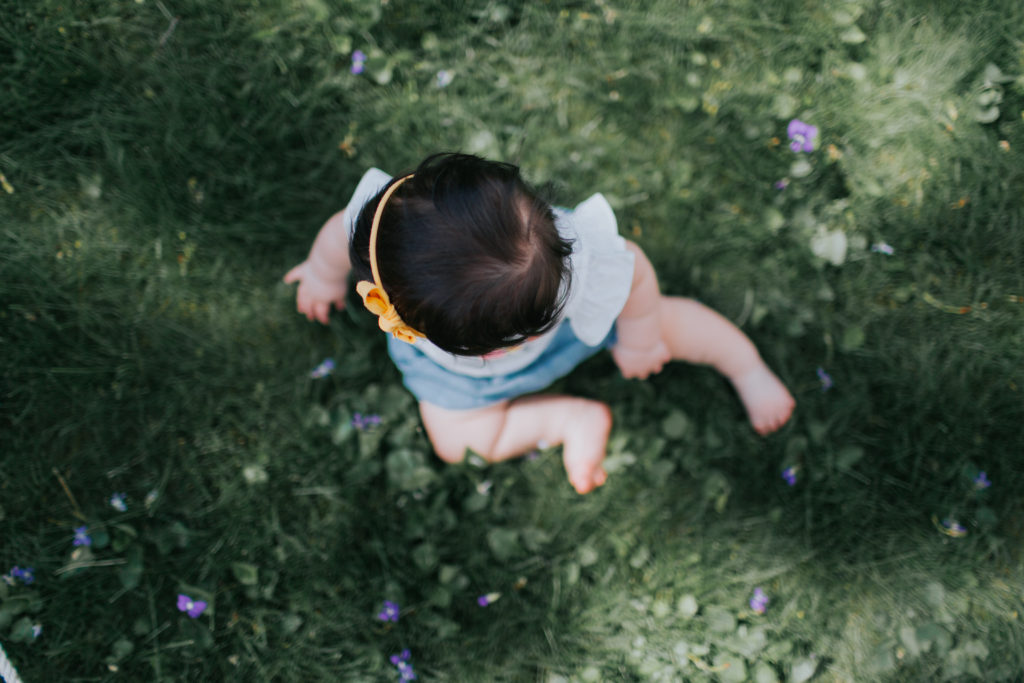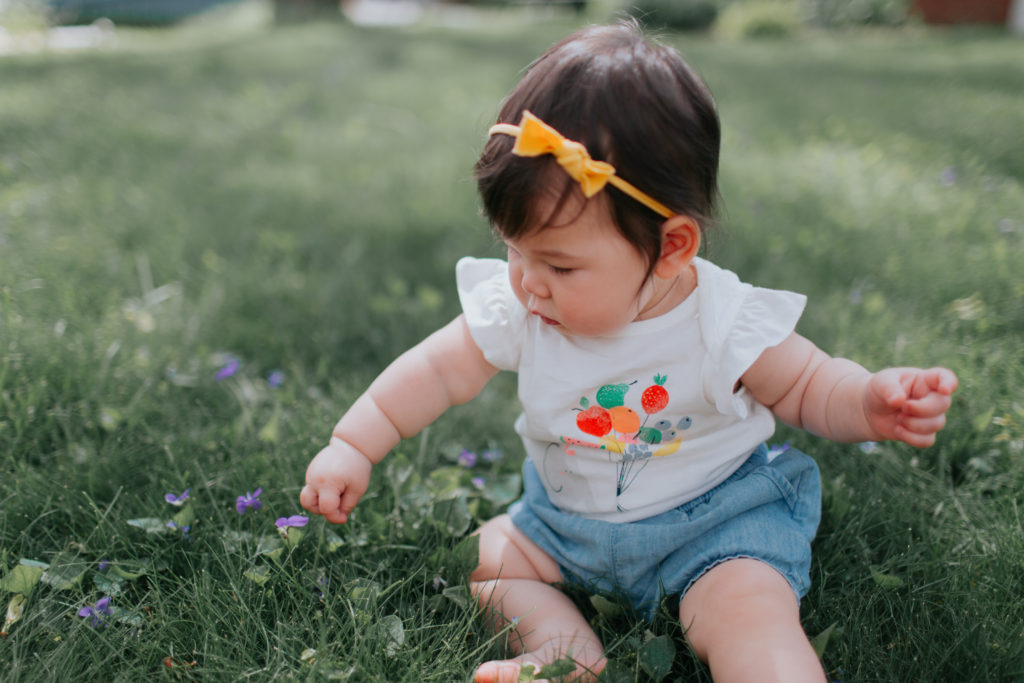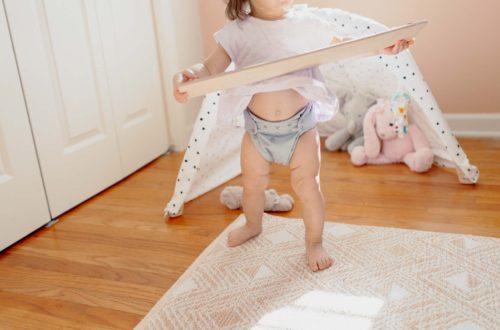
Cloth Diapers: Help Save the Environment
There is debate on whether cloth diapering truly helps the environment considering the energy and water use taken to wash them, but there is also debate on if disposable diapers and their increasing worldwide usage is an environmental concern:
“The global production of disposable used diapers increases exponentially and is expected to exceed US$ 71 billion/year by 2022. It was revealed that about 20 billion pieces of the used diapers were dumped in landfills yearly, generating more than 3.5 million tonnes of diaper waste that require almost 500 years to be fully decomposed.”
Yikes. Though, studies and companies are seeking better ways to recycle better materials to be used in disposable diapers and that is good, it is still noted here that “even “green” disposable diaper brands, such as Seventh Generation and Nature Boy and Girl, which contain more biodegradable materials, can sit for years in landfills.”
24 vs. 2,000+
In the first year of life one baby on average uses over 2,000 diapers. That’s a lot of diapers being made from trees and plastics, etc. and going into the trash. That’s a lot of chemicals and materials being used in the production of all these diapers that, to my knowledge, are much harder to recycle or see decompose than natural materials such as natural fibers, water and biodegradable detergents.
According to this intriguing study done on the use of diapers in less developed and urban settings,
“Waste management problem has increased at an alarming rate worldwide. Solid waste is piling up fast as the population increases. Managing diapers waste is one of the most rapidly growing pollution problems worldwide.”
Obviously cloth diapers also require materials to be made and there is waste produces in that process, but at least those materials seem to be much less in quantity than 6,000+ disposable diapers used before potty-training with each child as opposed to 20-24 cloth diapers that can be continually washed and used over YEARS and are largely biodegradable.
Water and Energy
Disposables can seem to use less energy in their disposal – you trash them and you’re done. However, when you think of the journey that diaper takes after that trash lid seals its fate – the trucks driving around to pick up my trash, dump it, haul it around, or even if we do find a better way to recycle diapers, the water and energy needed to do so, it still seems inefficient to me as compared to just two extra loads of wash.
Whether you mostly machine dry or air dry and whether you do many small loads or a couple large loads is important when it comes to evaluating your carbon footprint in using cloth diapers. I wash just two full loads of diapers a week and rarely use our dryer to dry them. Which saves you money, too!That amounts to a pretty small carbon footprint. This study shows this:
“Combining three of the beneficial scenarios (washing nappies in a
fuller load, outdoor line drying all of the time, and reusing nappies on a second child) would lower the global warming impact by 40 per cent from the baseline scenario, or some 200kg of carbon dioxide equivalents over the two and a half years, equal to driving a car approximately 1,000 km.”
Beep Beep!
Mindset Matters
Even more than perhaps any of these above reasons for me is mindset. Though I totally see the ease of disposable diapers, I don’t think about the planet and its health or what it takes to dispose of that diaper when doing so. I’m disconnected from the process. I wad up the diaper, open the trash, drop, close it, walk away. The end. (Fun fact: did you know the process of cloth diapering is almost as quick?!)
But in the process of using cloth diapers, in even a significantly small way I am more aware of my connection to the earth and to caring for it. Especially as I go outside and hang up the diapers to dry under the sun. There is an effort I am putting in to try to help the environment and there is an awareness of what the earth gives to me in this process of washing cloth diapers. It’s a wonder! And therefore, that affects my other thoughts and actions in my life and caring for the earth I live on. I am far from being an environmentalist, but a small step taken by many is a large step toward progress.
Want to dig deeper. Wow, are there so many articles and I’ve linked a few above and here are a few more?
6 Reasons Why Cloth Diapers Are Better Than Disposables
Recent technologies for treatment and recycling of used disposable baby diapers
The Diaper Debate: Are Disposables as Green as Cloth?
An updated lifecycle assessment study for disposable and reusable nappies
Check Out these Next:
- Your Top Questions About Cloth Diapering Answered
- Cloth Diapering 101: Where to Begin and How to Cloth Diaper in Ten Easy Steps
- Little Wonder’s Baby Nursery
Shop the Blog!
See what you need to cloth diaper and check out the Top Ten Essentials for Cloth Diapering. Click any of the links above or pictures below to easily shop. As an Amazon Associate I earn from qualifying purchases. This can help me build up this site of wonder! Wouldn’t that be fun?!
My #1 Favorite Made in USA + China | My #2 Favorite | My #1 Favorite Made in USA + China |
My #3 Favorite | My #6 Favorite | My #4 Favorite |
MY #5 Favorite | My #5 Favorite | My #3 Favorite |
Explore More Brands of Cloth Diapers
Bambino Mio One-Size All-in-One Hook and Loop | Bambino Mio 6 Pack | Bambino Mio One-Size All-in-One Hook and Loop |
GroVia | Nora's Nursery | Nora's Nursery |
Smartipants | Charlie Banana | ALVABABY One-Size Pocket |
Kanga Care Rumparooz | Kanga Care Rumparooz | Kanga Care Rumparooz |
OsoCozy Prefolds + Covers | OsoCozy Orgnaic Fitted Diaper | SmartNappy Hybrid Diaper |
MaMa Koala | Haha Go | Haha Go |


